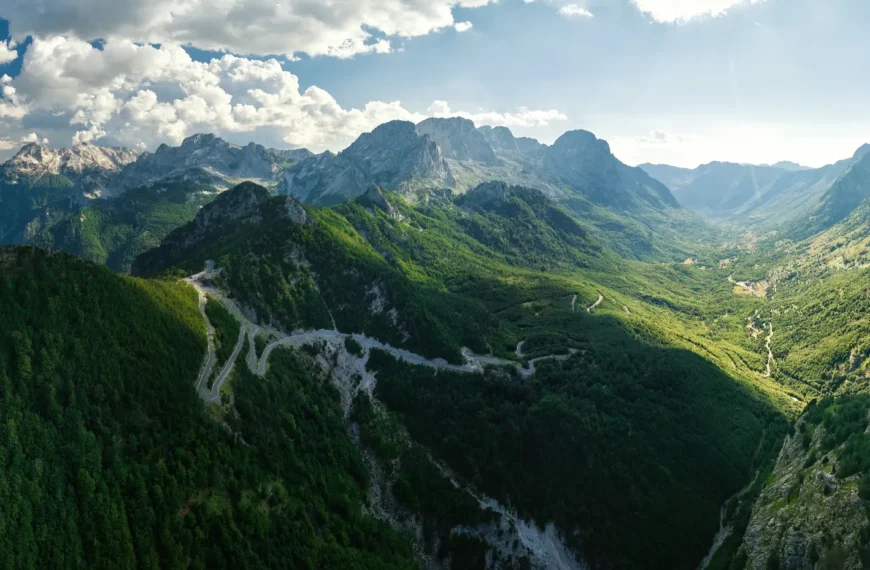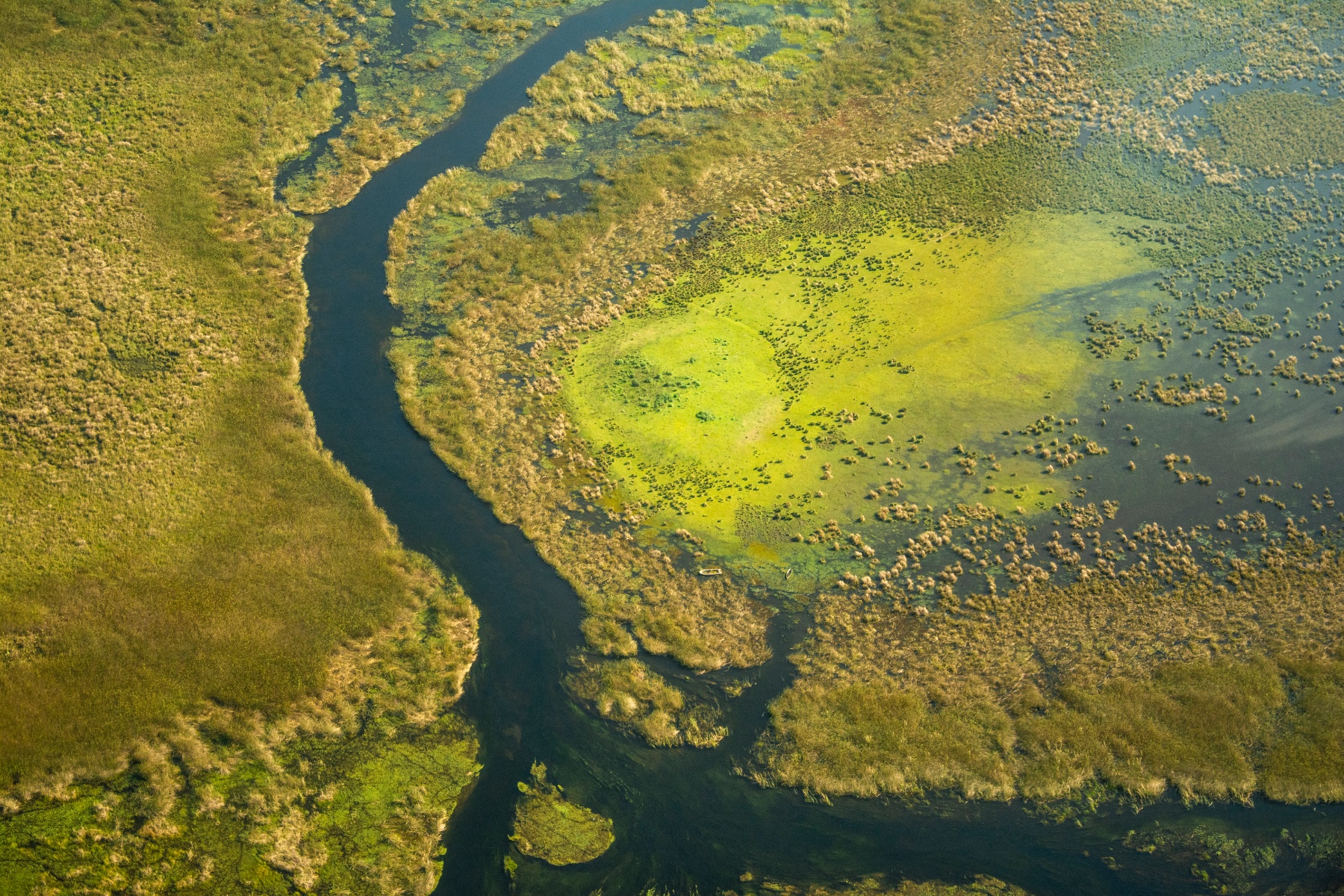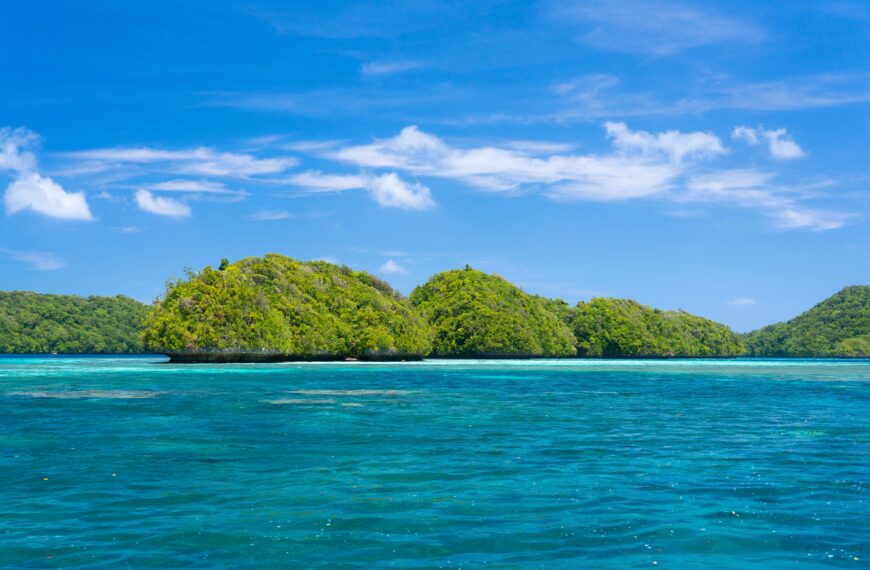Time moves differently in some corners of the world. The Republic of Congo is one such place.
Within its dense jungles, silver-backed gorillas melt into morning mist, and herds of forest elephants emerge, silent as shadows. Life pulses with astonishing intensity amongst its ancient rainforests and tropical peatland. The importance of this biodiversity stronghold cannot be underestimated.
The Congo conservation story involves pioneering leadership models that safeguard species, empower communities and lock away billions of tonnes of carbon. To journey into these forests is to witness extraordinary beauty and to understand why protecting them matters to us all.
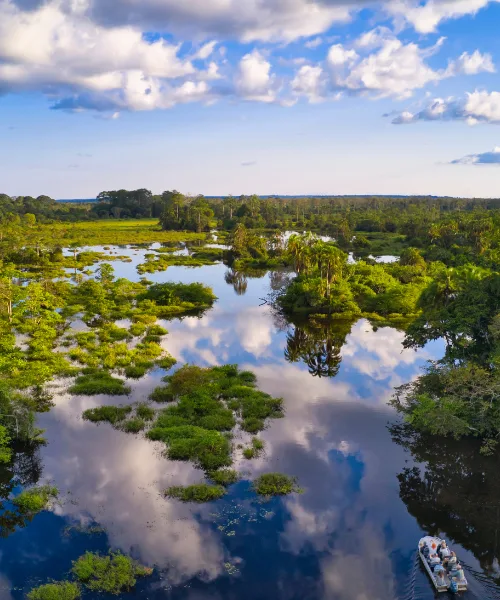
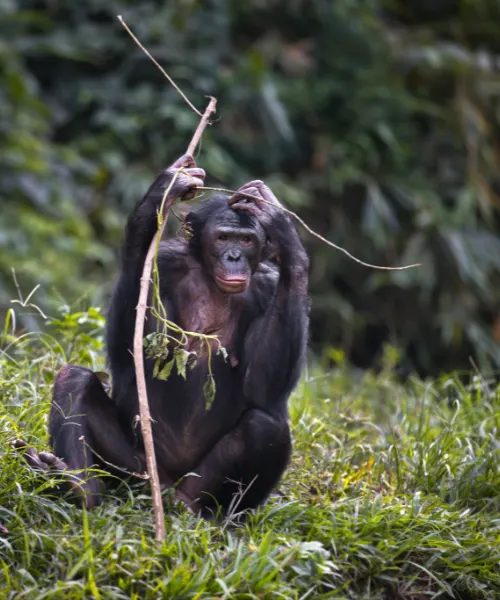
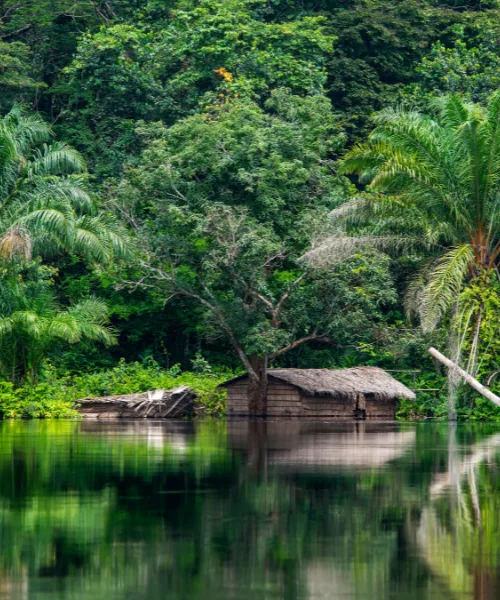
A Vital Refuge for Wildlife of the Congo
Absorbing more carbon annually than the Amazon, the Congo Basin is a global climate regulator. It contains the planet’s second-largest tropical rainforest, and its layered, complex wilderness teems with thousands of plants, bird and mammal species. Many discoveries are yet to be named.
Two keystone species anchor this living system and shape its future: the forest elephant and the western lowland gorilla. Elephants disperse seeds across vast distances, promoting carbon-rich hardwoods; gorillas’ seed-laden droppings regenerate forest corridors, boosting resilience and diversity.
However, poaching, disease and habitat loss threaten not just these creatures but the forest that depends on them. If we don’t protect them, the richness of life here will not endure.
Models of Protection
In the Republic of Congo, two national parks stand at the forefront of conservation efforts.
Odzala-Kokoua, managed by African Parks, spans over 13,000 square kilometres of rainforest and mineral-rich clearings that draw elephants, gorillas and rare birds into view. Through a pioneering public-private partnership, the park has become a beacon of conservation-led tourism. Visitors trek to observe habituated gorilla groups, guided by local experts whose work supports families and protects ecosystems.
To the northeast, Nouabalé-Ndoki is an example of a stunningly intact tropical forest. With no roads or logging, this park is a sanctuary of ecological integrity. Its zero-road policy has kept poachers out; in 2023, rangers reported no elephant deaths within the park, marking a landmark victory for conservation. Long-term research at sites like Mbeli Baï and the Goualougo Triangle continues to reshape our understanding of primate behaviour, while community-led ranger programmes deliver protection with deep local ownership.
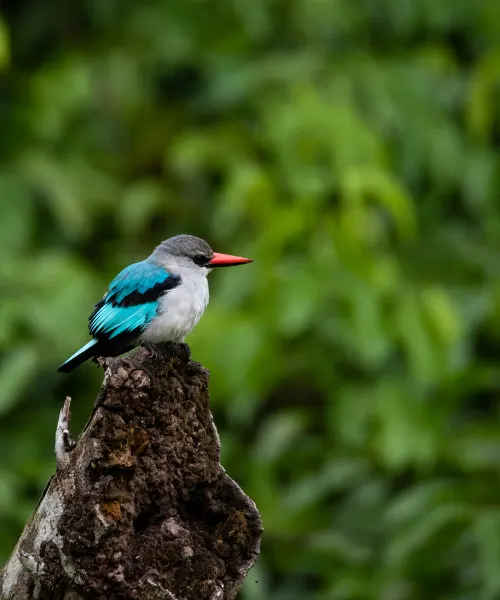
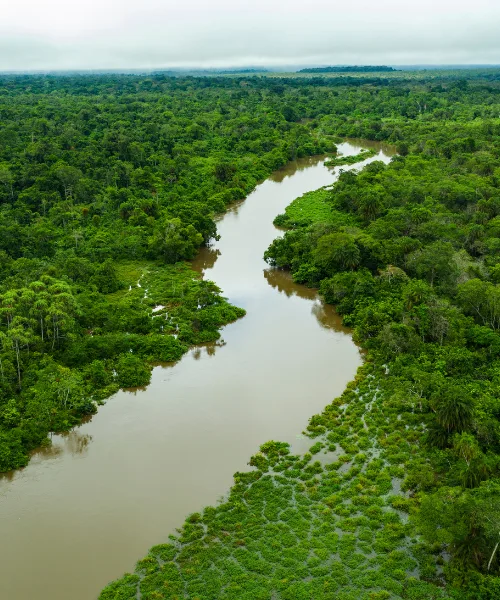

Indigenous Stewardship and Sustainable Futures
The wildlife of the Congo tells stories. Through participatory mapping platforms, Indigenous communities are documenting land use, sacred sites and seasonal patterns with extraordinary detail. This information now guides forest zoning, legal reform and conservation planning across the Congo Basin.
Associations de Surveillance et de Développement Durable (ASDDs) link environmental goals with everyday needs, including education, healthcare and livelihoods. Congo conservation is increasingly driven from the inside, co-created with the people who know the forest best.
This philosophy extends into tourism at Odzala. Local eco-guards and guides lead guests into the landscapes they have known all their lives. The revenue generated funds village schools and clean water systems in the community. The forest sustains them.
The Congo’s Fragile Future
Hidden beneath the forest canopy, the Congo Basin’s peatlands hold up to 32 billion tonnes of carbon, which is more than the trees of the Amazon itself. These carbon stores are vaults of planetary stability; if disturbed, the emissions released could compromise the world’s chance of staying below 1.5°C of warming.
Today, only a fraction of this ecosystem is protected. Oil exploration threatens to unlock what must remain sealed. Mining, climate change and short-sighted policy place these peatlands in peril.
And yet, hope grows here. The Congo Basin Science Initiative is closing critical knowledge gaps, while the High Integrity Forest Finance Initiative is transforming conservation finance by tying funding to measurable ecological outcomes.
A Living Legacy Still Being Written
The Republic of Congo offers something vanishingly rare: the chance to step into a landscape still governed by the rhythm of nature. Congo conservation is a daily act of resilience, living in the footsteps of eco-guards, in the wisdom of elders and in the quiet patience of those who track gorillas through the rain.
To witness this is to be changed by it. Because in the Congo, protecting nature is about remembering what it means to belong to it.
Interested in Experiencing Congo Conservation Efforts Firsthand?
Journeys With Purpose offers private, conservation-focused adventures in the Congo, with tailor-made itineraries built around your passions. We also plan hosted journeys – get in touch with our expert travel specialists today on +44 20 8044 9538 or at connect@journeyswithpurpose.org.
